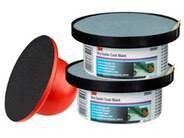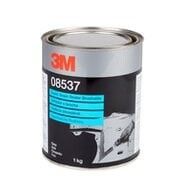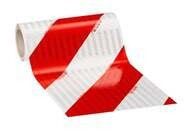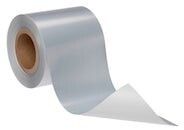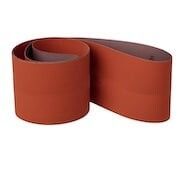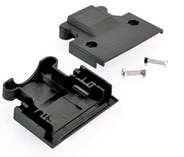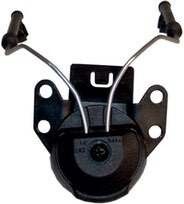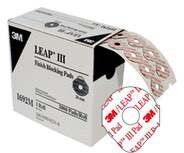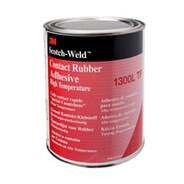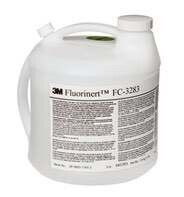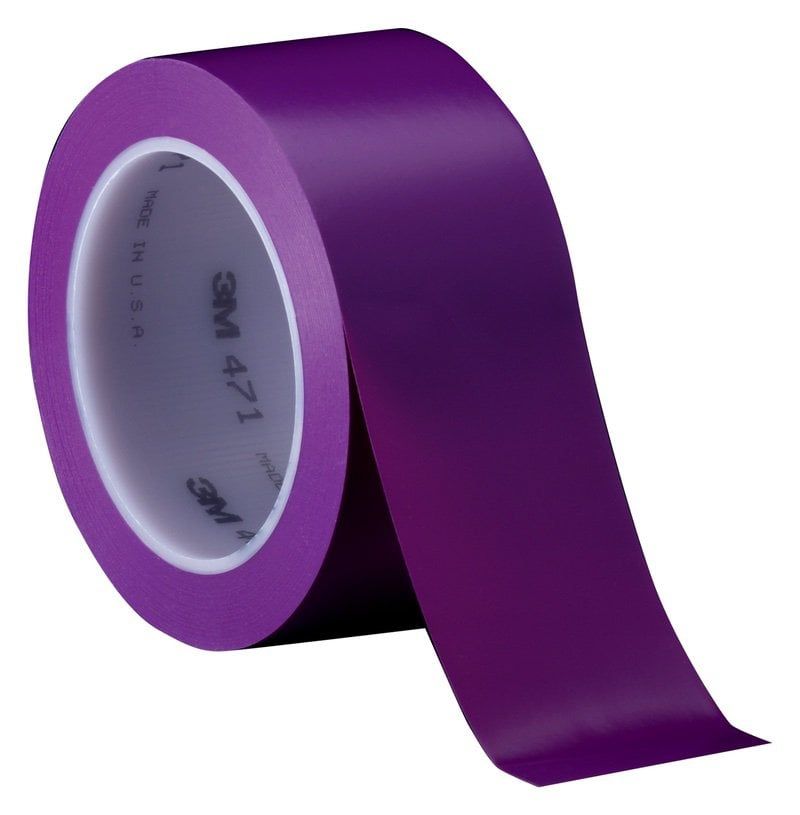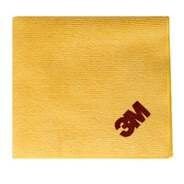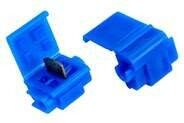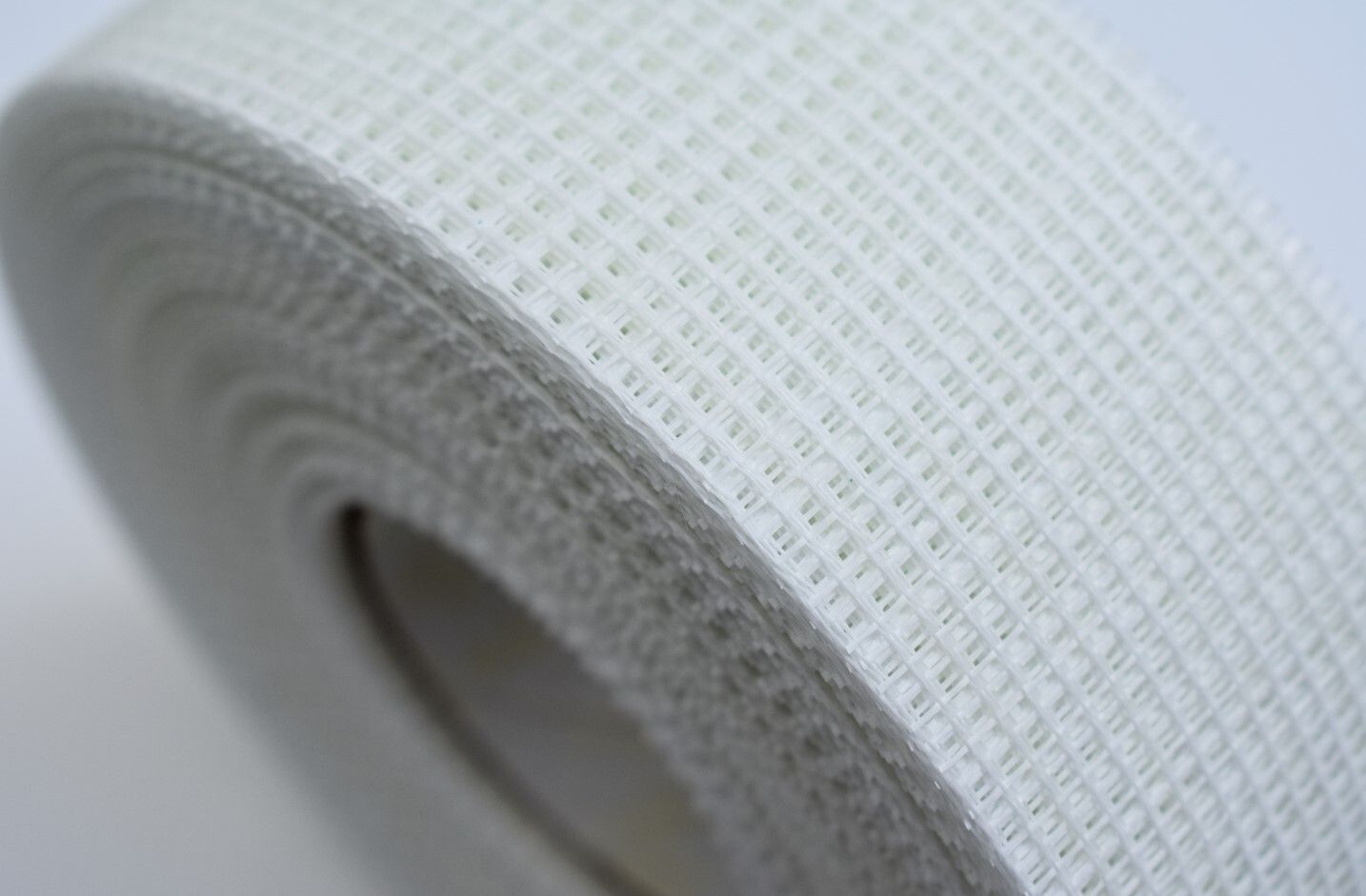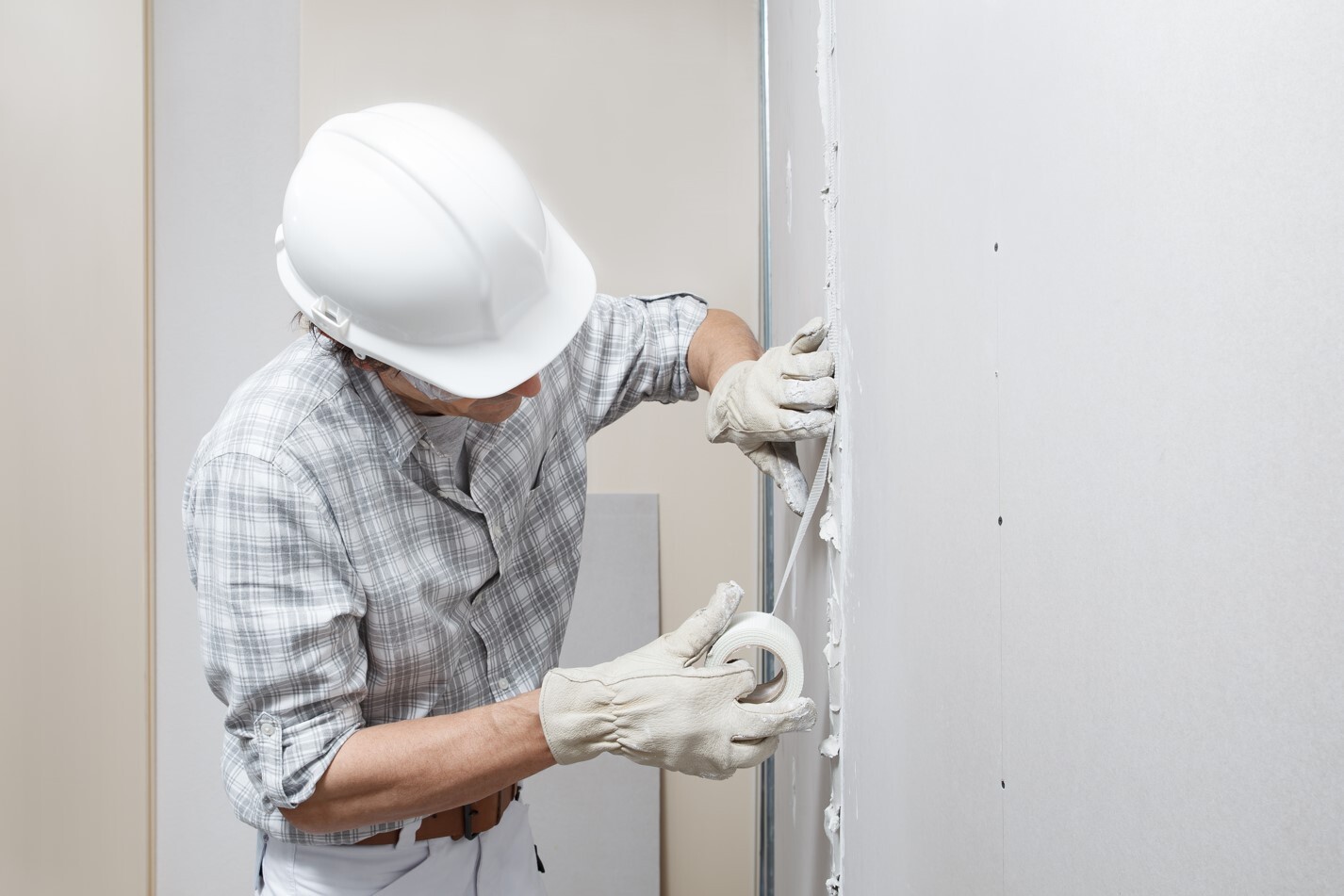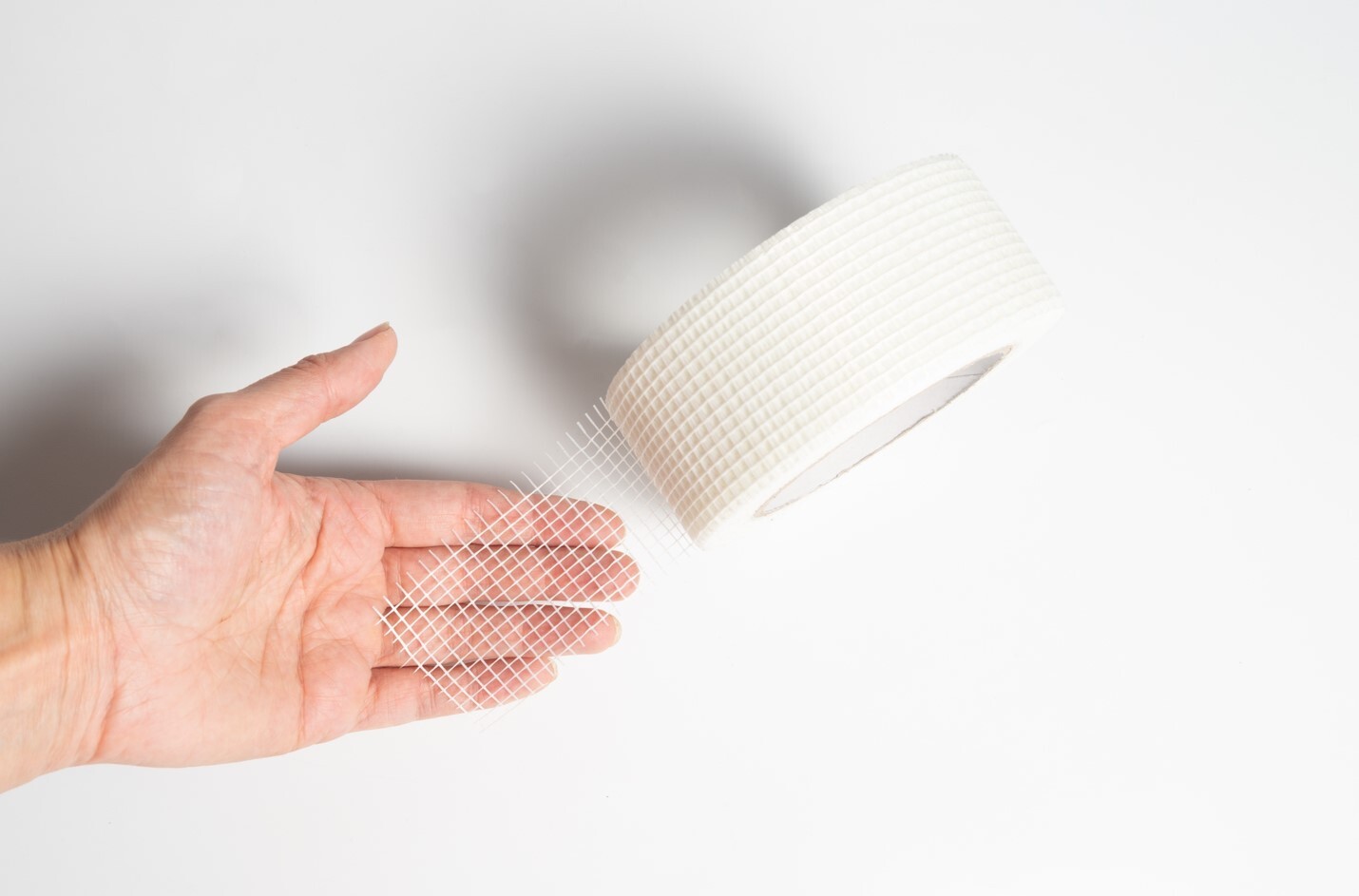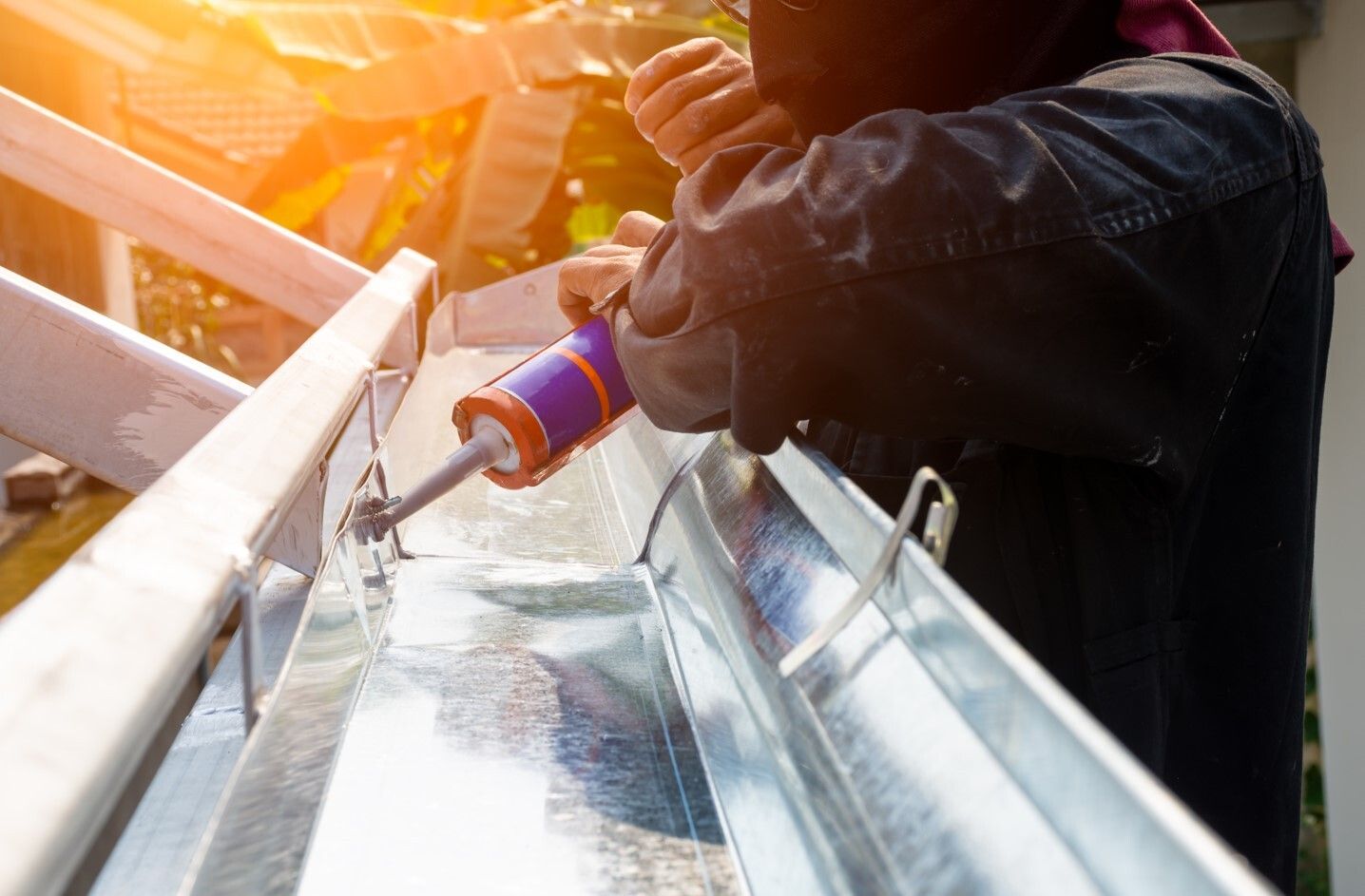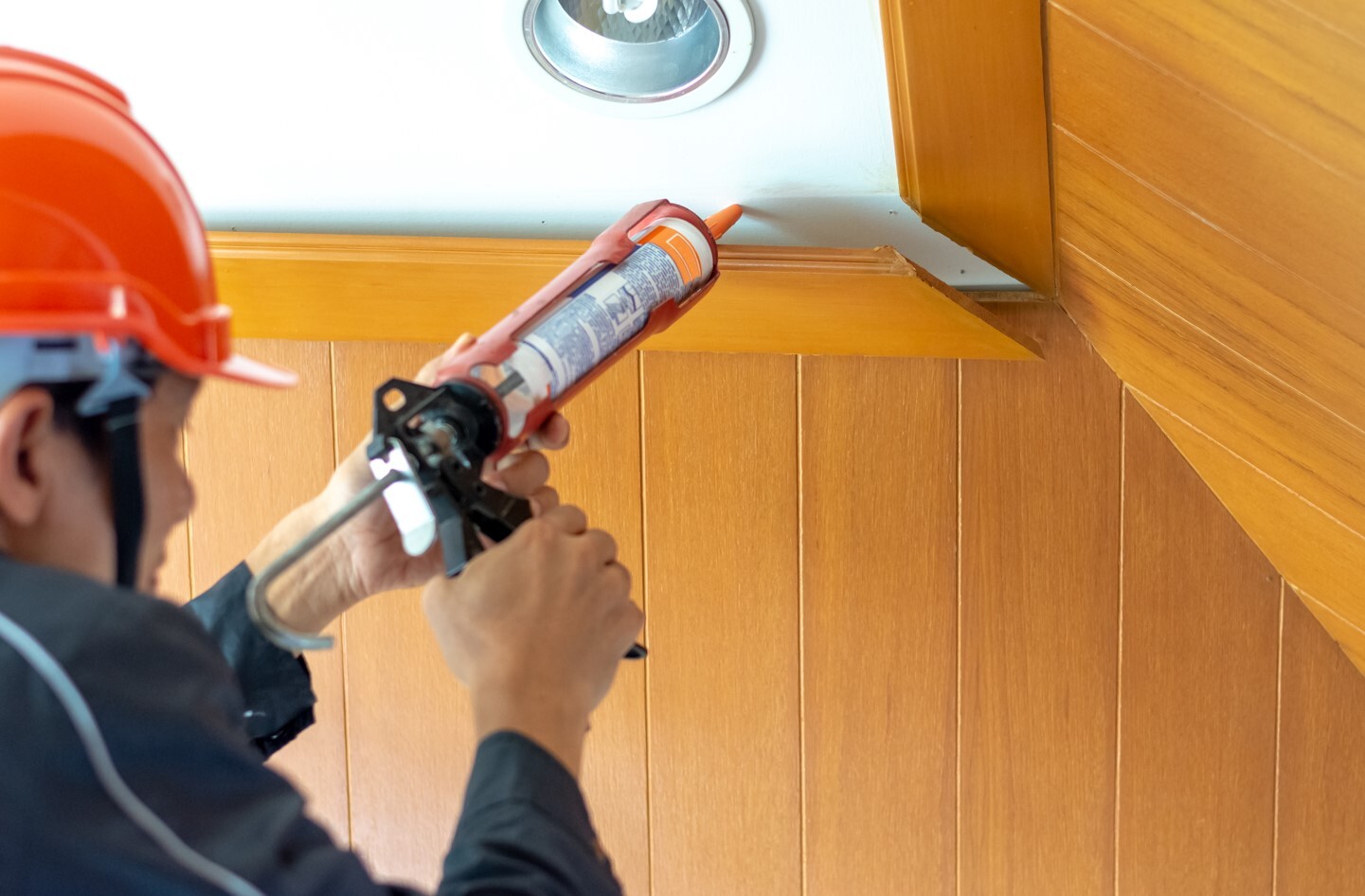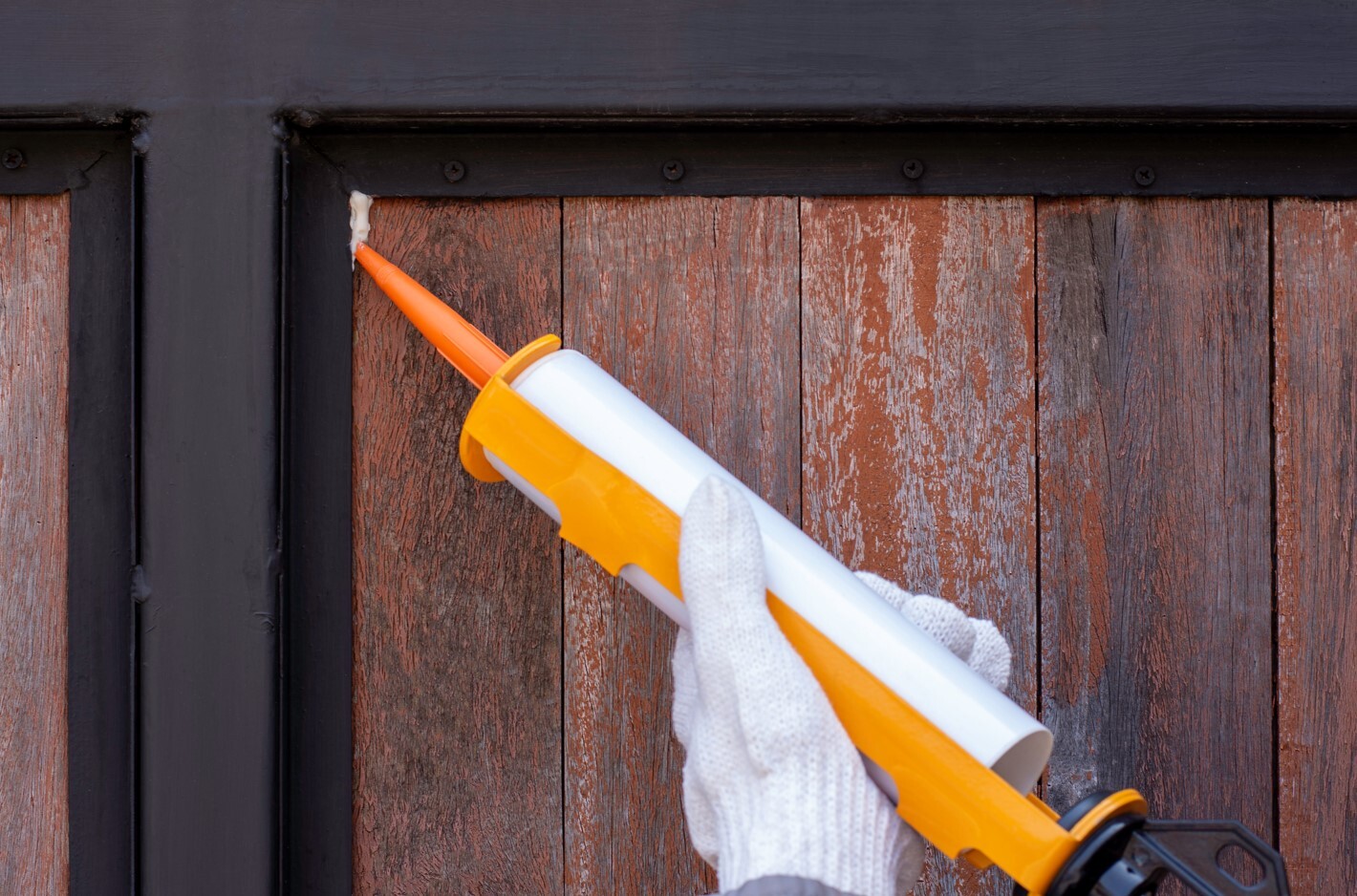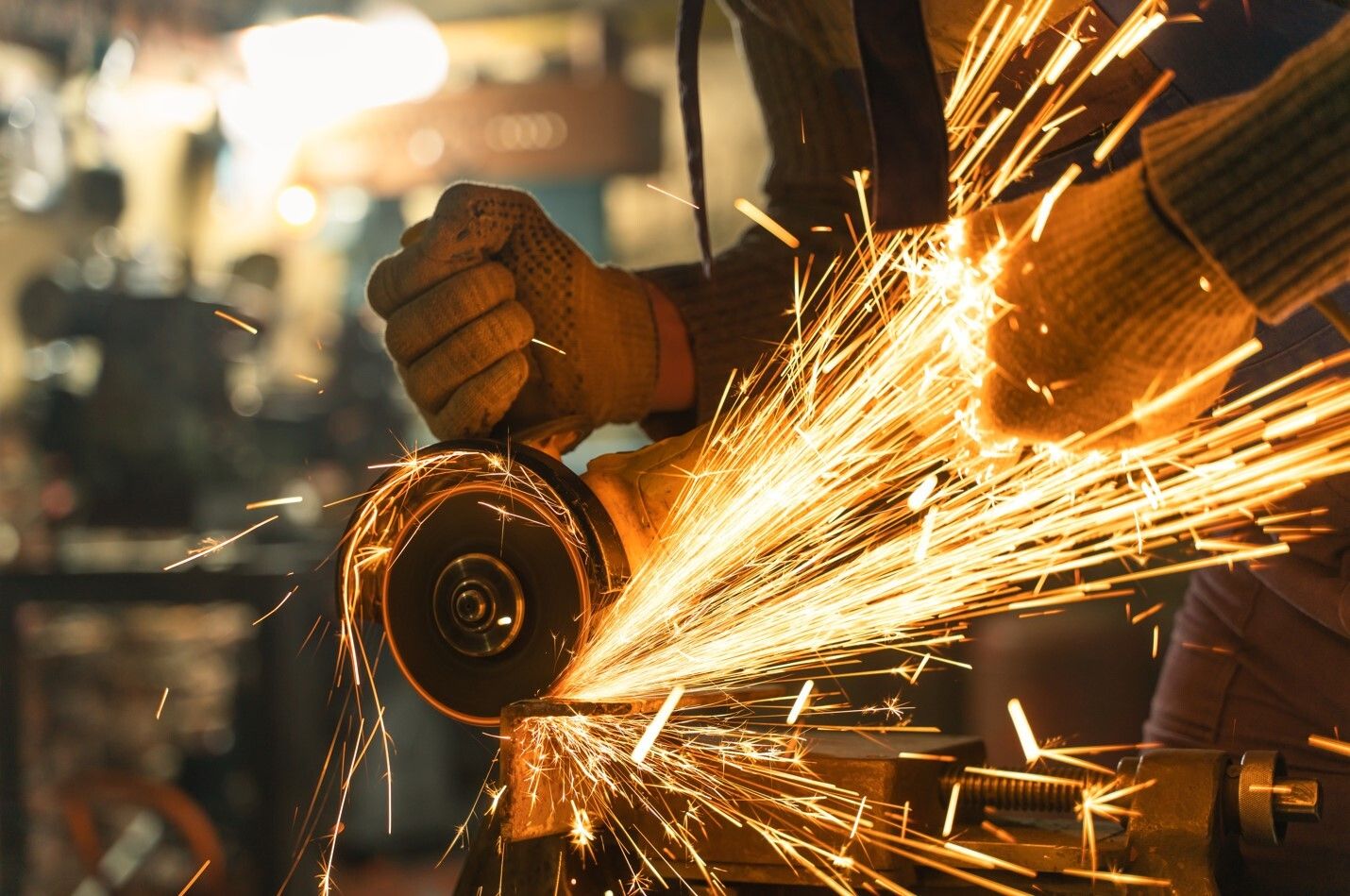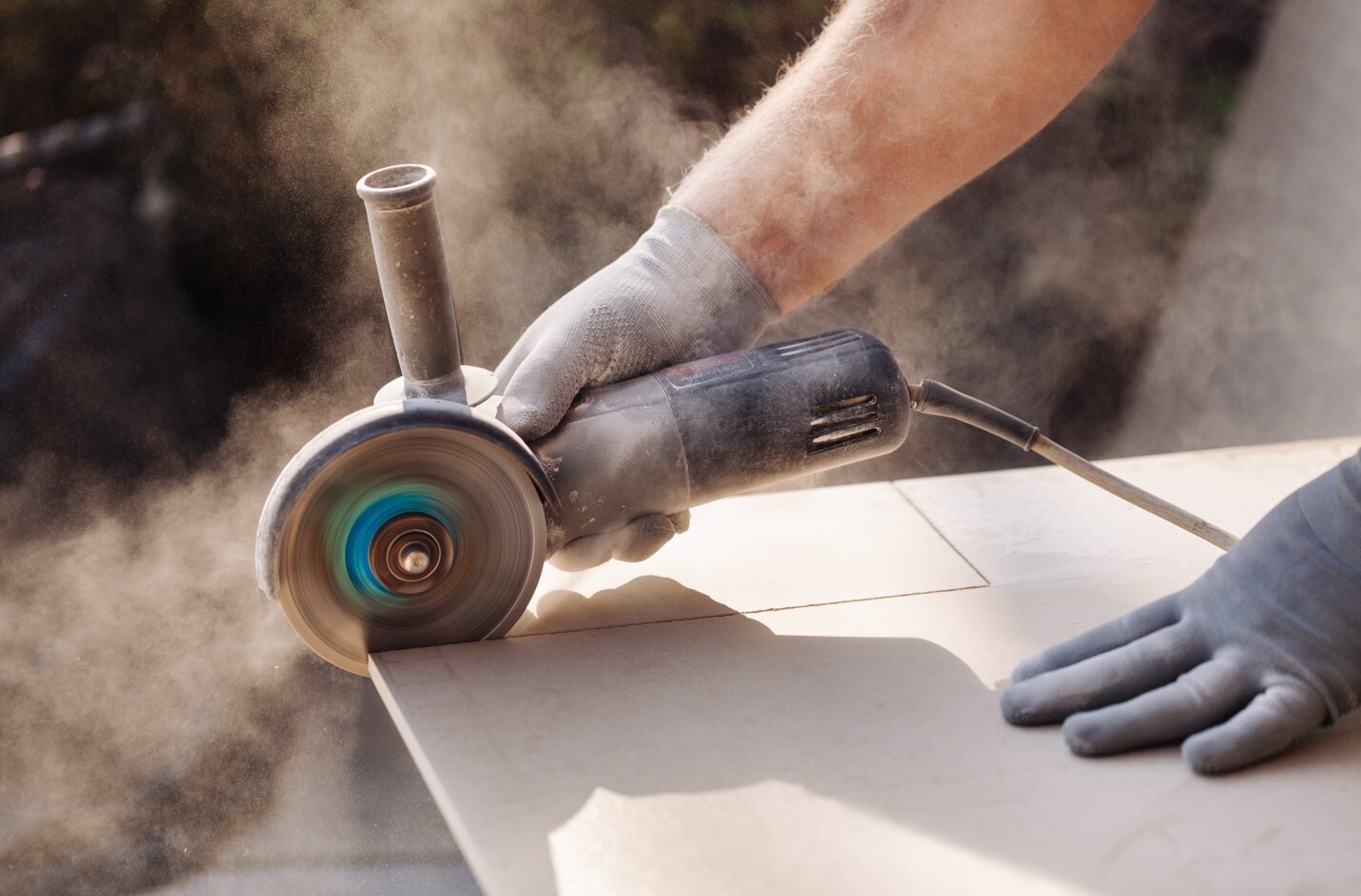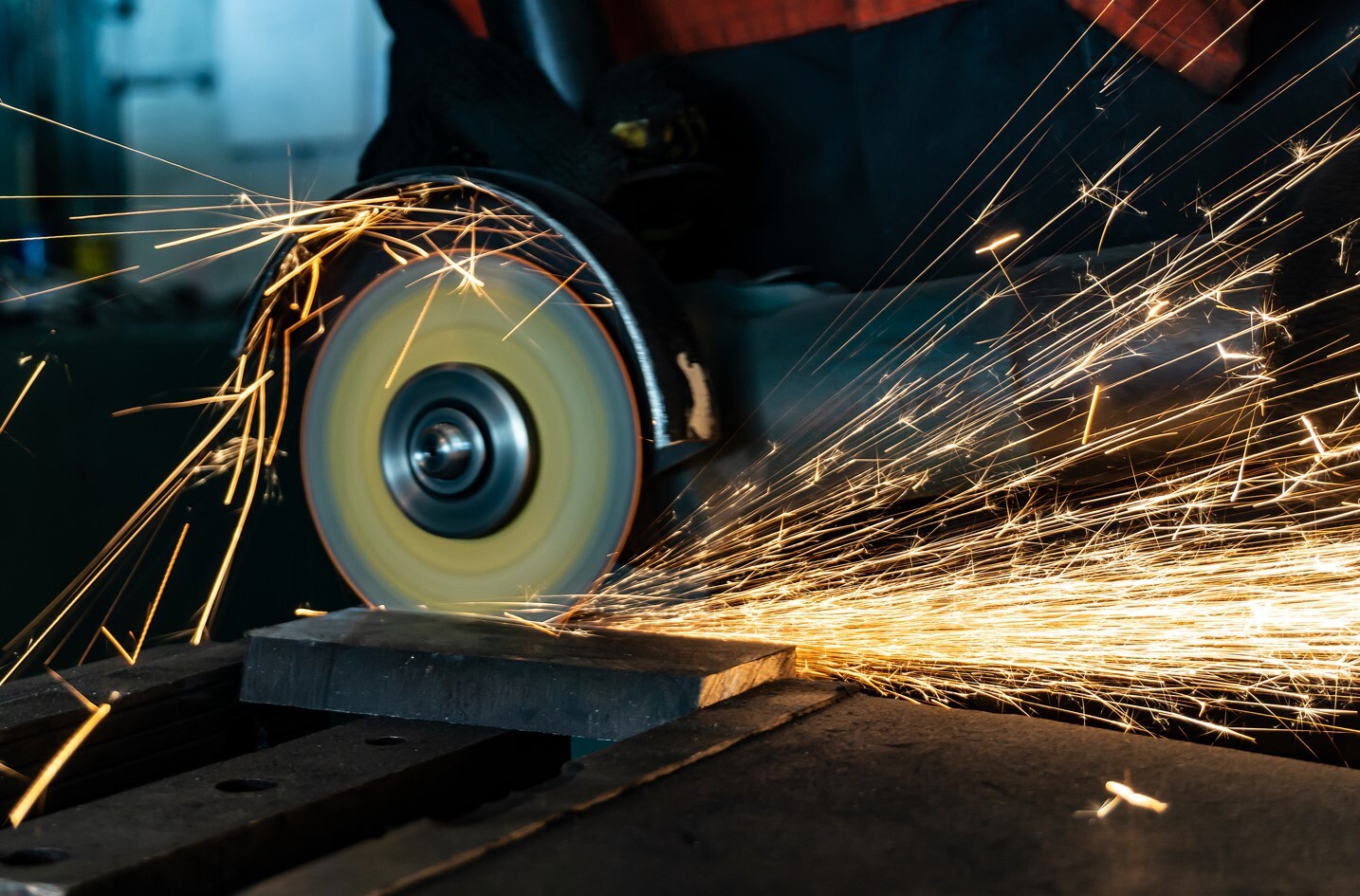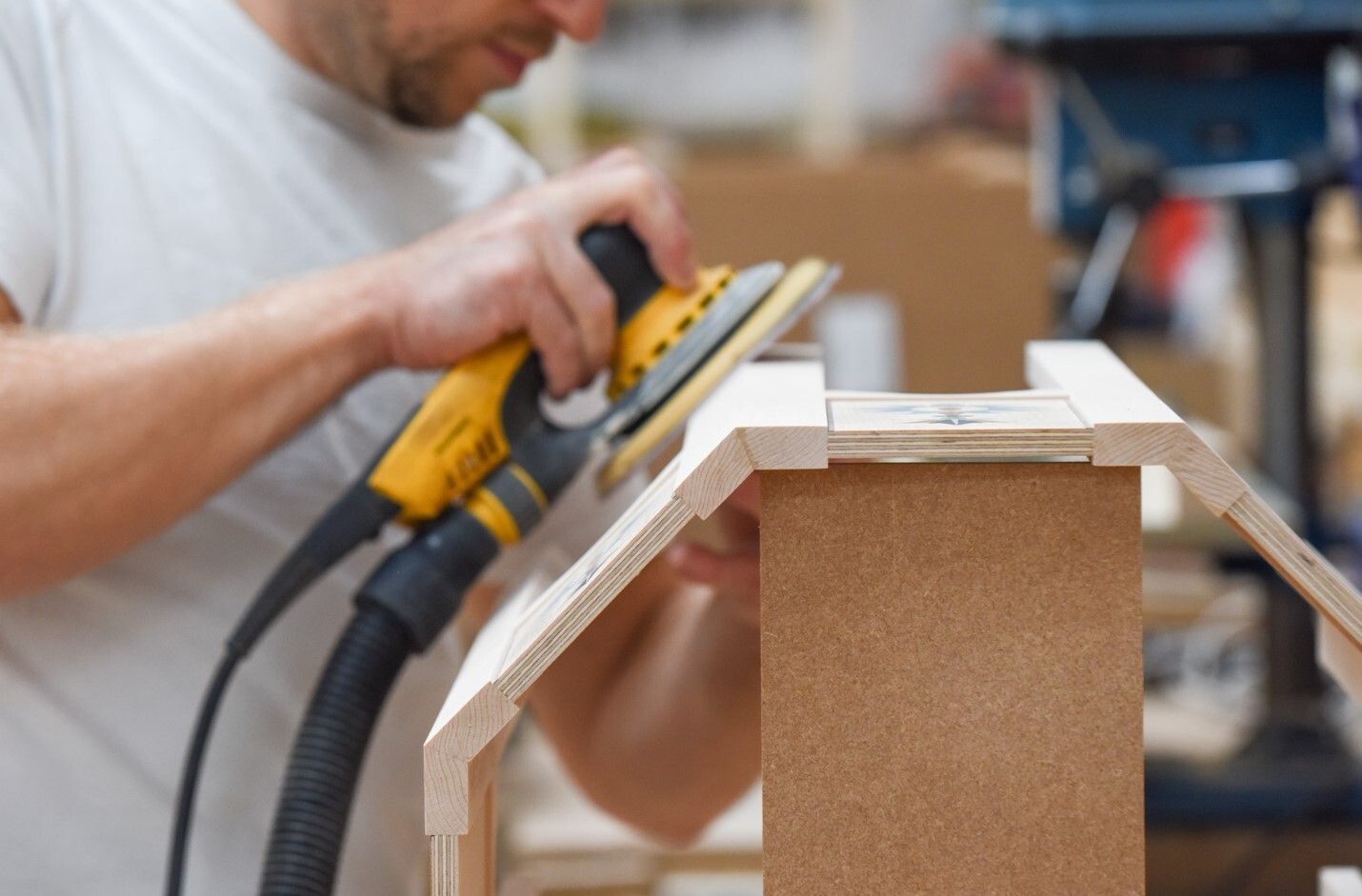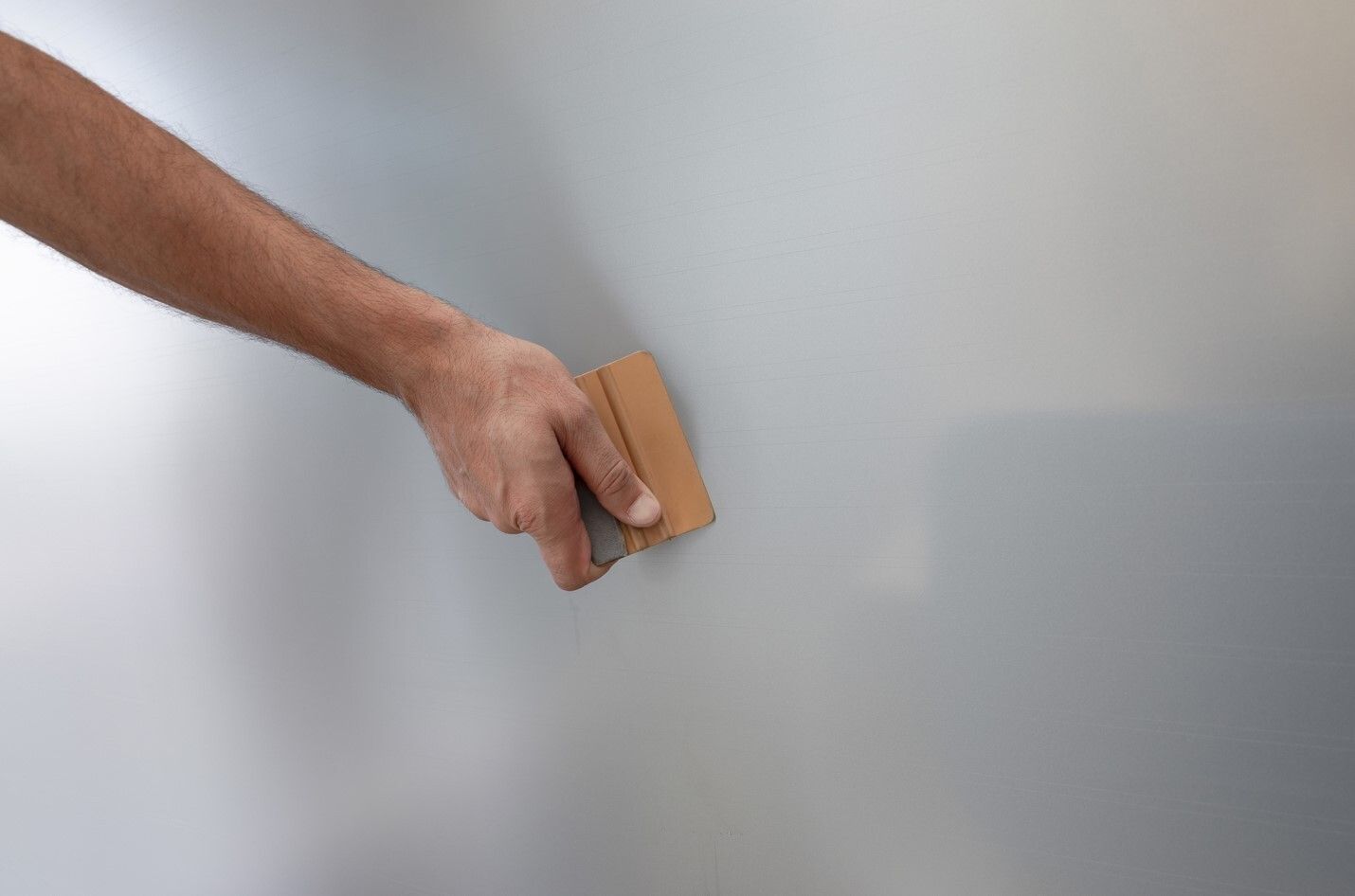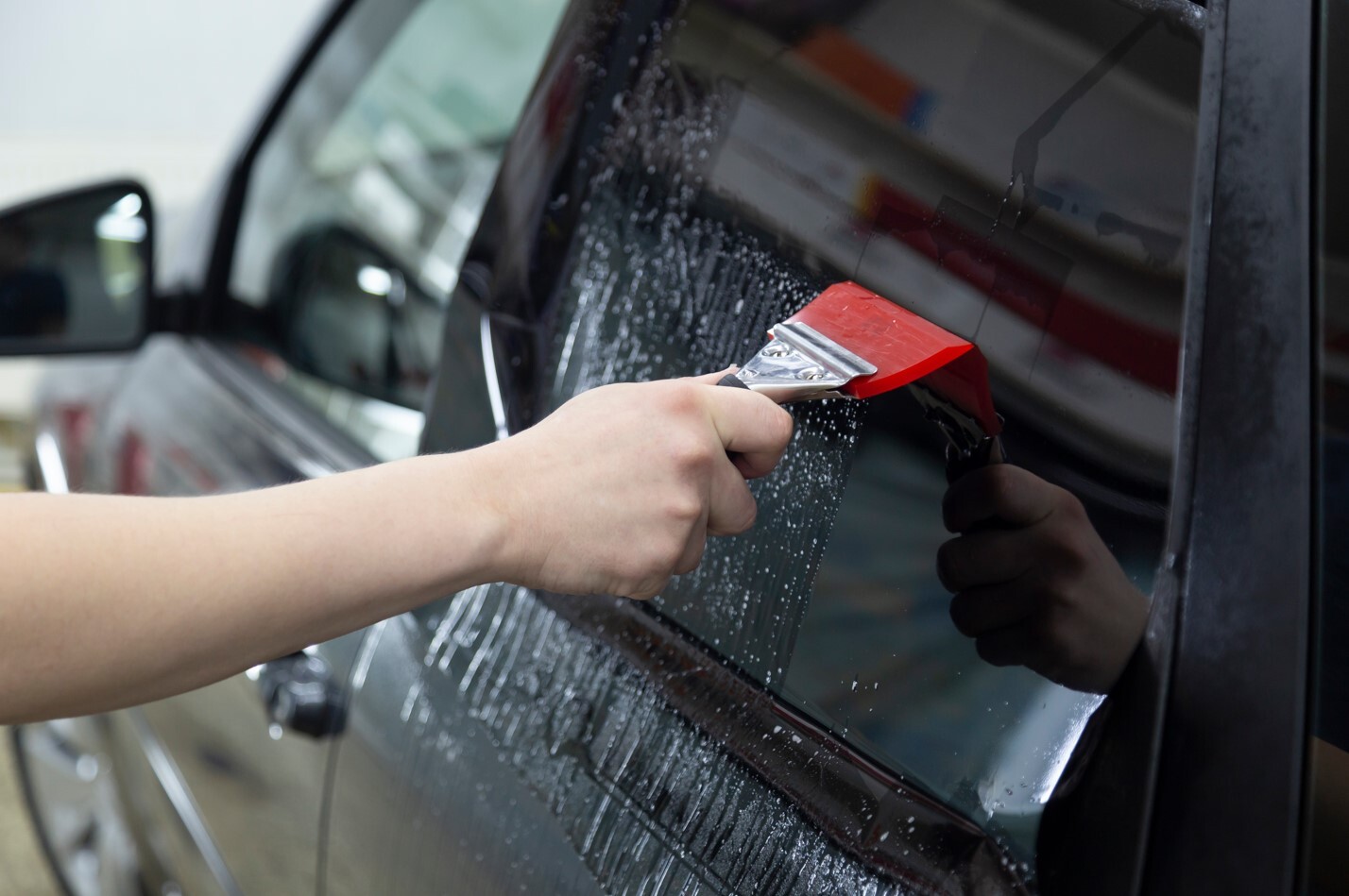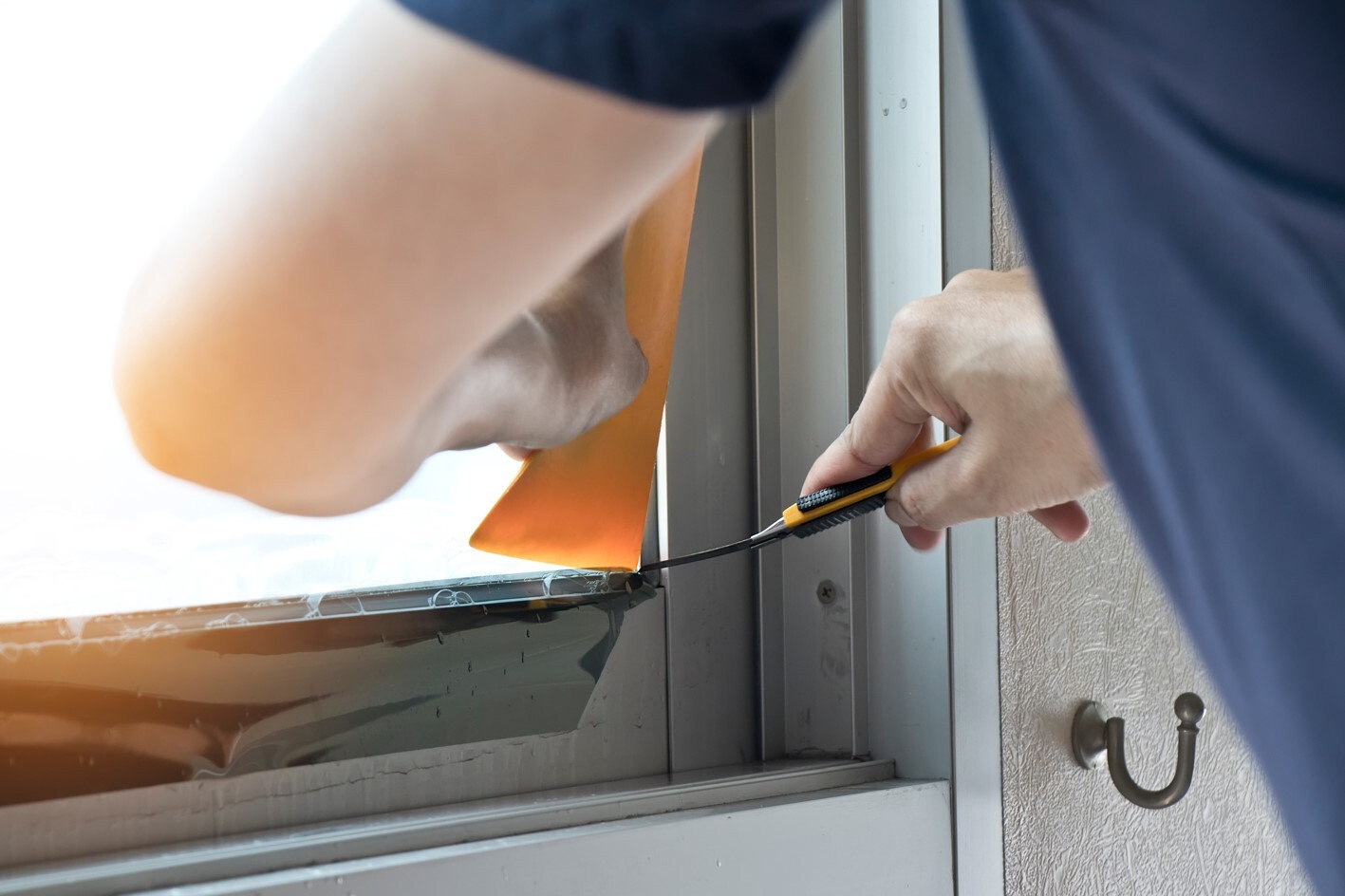Glass cloth electrical tape: reinforcement of gaps made easy
Whether it's a building or renovation project, in addition to the main raw materials, several seemingly minor elements are essential to a good result. In this article, we will introduce one such small but even more important material, the glass cloth electrical tape, which is essential for gluing small gaps and holes when joining plasterboard sheets. Let's see what you need to know about it!
What is a glass cloth electrical tape?
Glass cloth electrical tape is used to reinforce the joints between plasterboard panels and to reinforce holes and cracks. It is a very effective solution for sealing joints and gaps. It has a very high tensile strength, which gives it a long life and a secure hold, and it adheres well even on dusty surfaces.
Such tapes can be self-adhesive, made of glass fibre, or even paper.
Glass cloth electrical tape, as the name suggests, is made of glass tape, which is very strong and durable. It is resistant to chemical attack, extreme temperatures, and corrosion. In most cases, it is attached with some other material, such as glue or resin, to further increase its durability.
Its uses can be very diverse. It is mainly used in the construction industry to reinforce plasters, and plasterboarding and to repair cracks. It is also used in the construction of cars, boats, and aircraft, to make vehicles even more resistant. High strength can also be a particularly important aspect in sports equipment, so it is not surprising that it is also used to reinforce bicycles, fishing rods, and skateboards, for example, and is also a popular material in various artistic sectors, such as sculpture.
A wide range of glass cloth electrical tape is available. They come in different thicknesses and sizes depending on where and in what situation they are used.
Use of glass cloth electrical tape
The use of glass cloth electrical tape requires some practice, but there is no need to be intimidated by it. The adhesive material should be applied and then the tape can be easily smoothed in while it is still fresh and has not started to dry. Once this is done, wait for the surface to dry. Once dry, the glued surface is sanded overusing a special sanding grid. This should be done with particular care as it may damage the bonding agent.
The advantages of glass cloth electrical tape
With so many advantages, it's no wonder that glass cloth electrical tape is the preferred choice for professionals. Let's get to know these benefits!
Good adhesion
The ease with which the tape adheres to the adhesive is very important for efficiency. Thanks to its special structure, this type of tape has a very good adhesion and is easy to work with.
Protection against cracks
Due to the nature of the material, cracks can easily develop, and it is therefore important to use as many means as possible to prevent them. If you use glass cloth electrical tape in combination with adhesive materials, you can prevent the formation of gaps and cracks.
Versatile application
Glass cloth electrical tape is popular because of its versatility. In addition to the uses already mentioned above, it can also be an excellent choice for special situations, such as fire barriers.
Flanker has been present in the domestic market for more than 20 years. It offers professional solutions for the printing and paper industry, packaging, automotive, electronics, and furniture manufacturing. We provide our customers with high-quality products that keep them coming back for more.
Click and browse our website!
- Hits: 540










